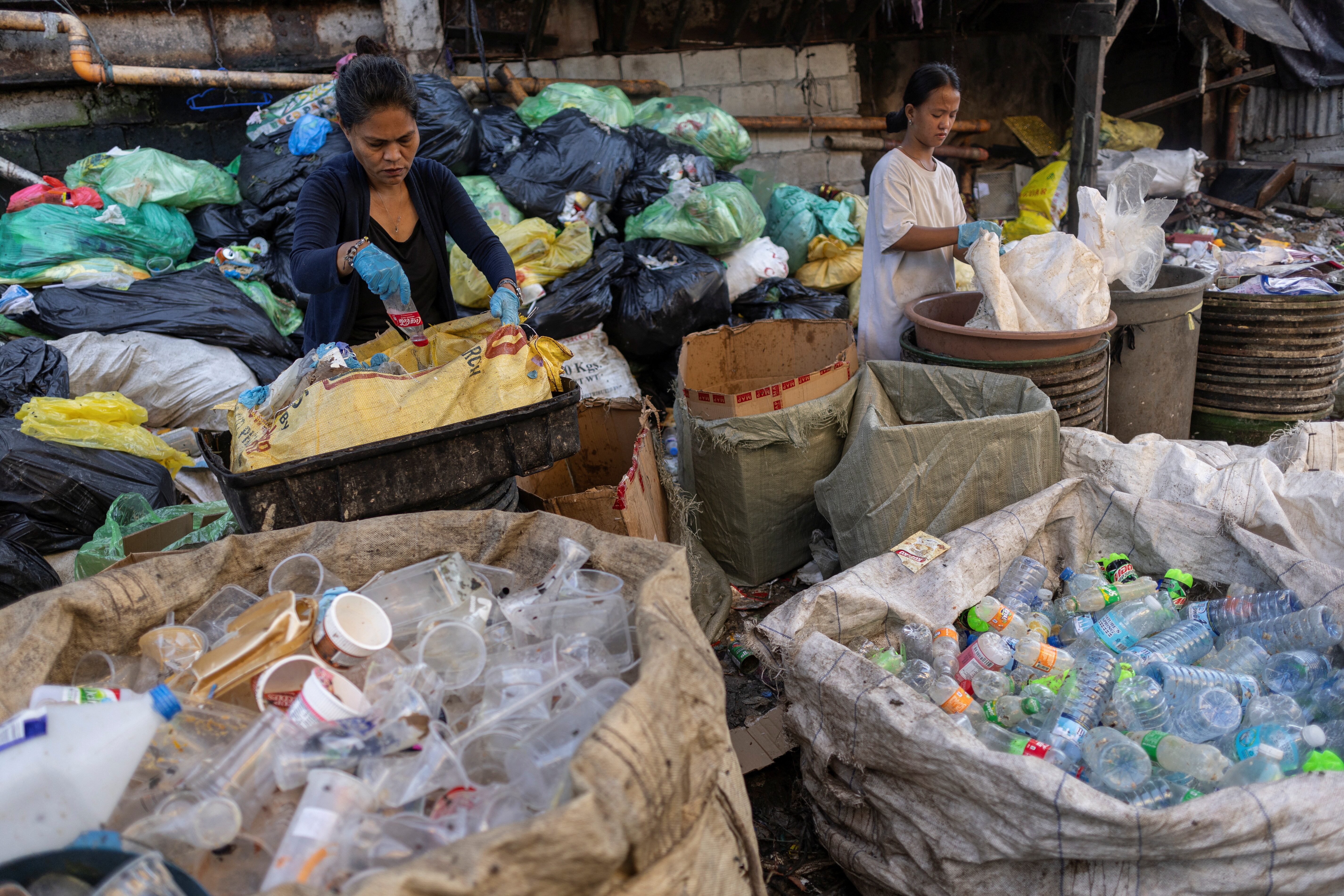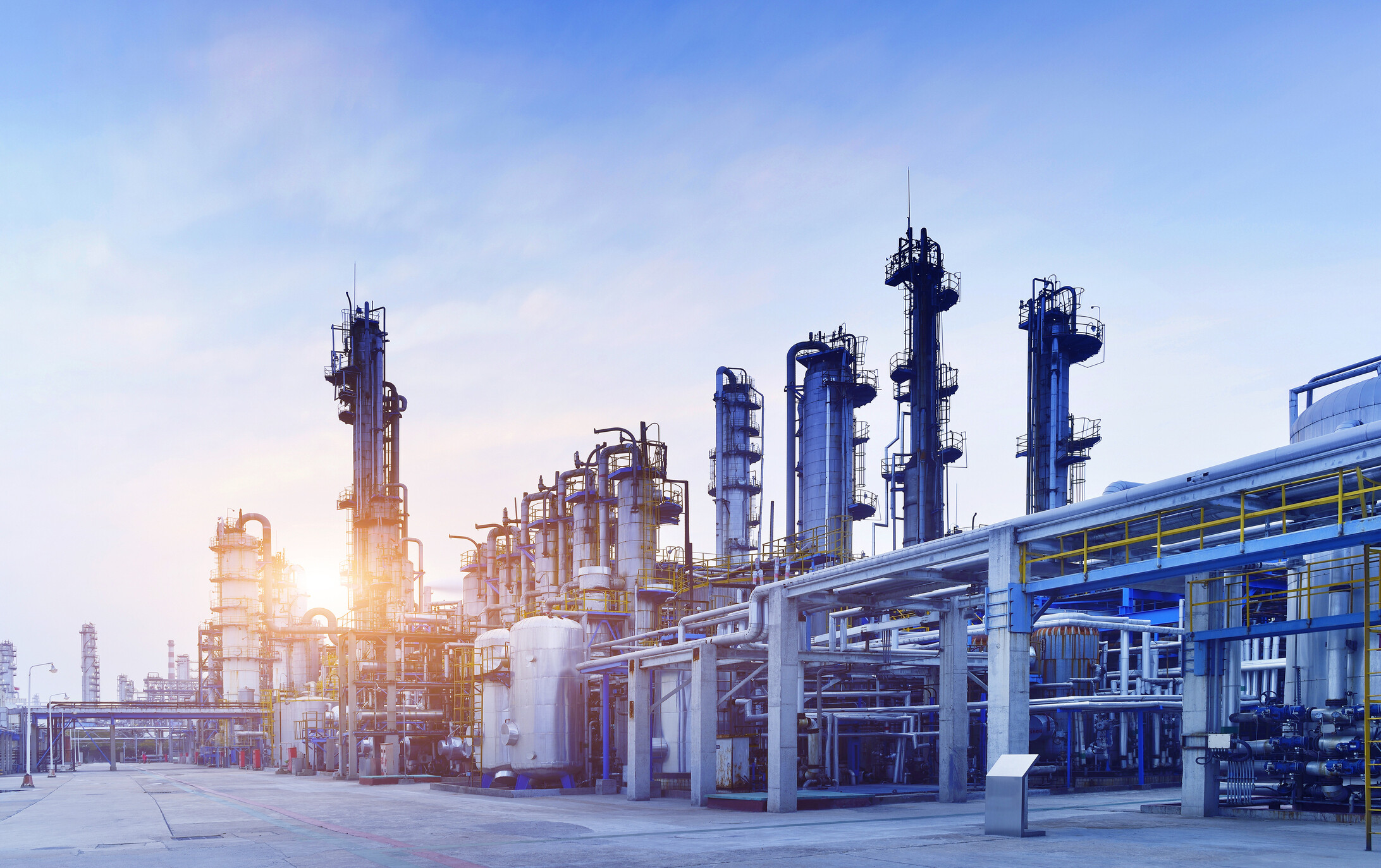Scarcity and growth: our world's contradictory terrors

Capitalism has achieved much, but at great environmental cost. Image: REUTERS/ Gene Blevins
- Living standards have risen over the past 50 years, but at the cost of the climate.
- The world is running out of resources we need, and struggling to dispose of things we don't.
- Success should not just be measured by growth, but by effective reuse.
In 1933 John Maynard Keynes wrote: “[Individualistic capitalism] doesn’t deliver the goods. In short, we dislike it and we are beginning to despise it. But when we wonder what to put in its place, we are extremely perplexed.”
At the time, the world was deep in the Great Depression. But it’s a sentiment that will be shared by many attendees at this year’s Annual Meeting of the World Economic Forum, the 50th.
In the world of investment, those 50 years have been defined by two dominant ideas. First, from a corporate perspective, that shareholder interests matter above all others; and second, from an economic perspective, that the relationship between money supply and inflation is a stable and predictable one.
Those ideas, largely established by Milton Friedman, have come into question in recent times. Once again, we are “extremely perplexed”.
You only have to look at the headlines of other articles to get a sense of it. Klaus Schwab, the executive chairman of the WEF, asks “What kind of capitalism do we want?” while Nobel Laureate Joseph Stiglitz poses the question: “Is growth passé?”
Such fundamental questions have no easy answers. But to find out where we’re going, we should take a look at where we’ve been.
The new scarcity
Economics is the science of scarcity. And Friedman’s ideas solved the scarcity problems of his day – the lack of price stability and the difficulty of accessing financial capital. By bringing inflation under control and freeing up the flow of capital, he made them less scarce.
The world has made undeniable strides in the past half century. We have fed and clothed most of a world population that has doubled since 1970. Malnutrition has plummeted and living standards have risen.
But the cost has been high. We have choked the ocean with plastic, burned our forests and altered climate patterns. In fact, we have changed the world so much that scientists have declared we are living in the Anthropocene epoch – a geological age defined by the impact of humans on a planet we have permanently changed. As a consequence, we have changed the nature of scarcity.
Now positive yield, societal stability, and what might be called environmental capital, are scarce.
These are things that Friedman might have considered inexhaustible. But, as we are learning, they too have their limits. R H Tawney, the economic historian, said: “The certainties of one age are the problems of the next.”
The certainties of the previous age have certainly given us a conundrum today: the prices of financial assets have risen steadily, the world is running out of stuff that we need, and yet we are struggling to dispose of the things that we don’t. Paradoxically, this has led to both the economic fear that growth will soon come to an end, and the ecological fear that it will not.
Circularity
While we wait for another Friedman to come along, we, as investors must adapt to the realities of today. We have to reimagine what defines economic success. That is where the concept of the circular economy comes in.
Circularity means moving from a linear world in which we make, consume and then dispose of products, to one where waste can be fed back into the system as a raw material. Success isn’t just measured by growth. It’s measured by effective reuse.
Eventually, this shift won’t be a matter of choice. History is littered with species and civilizations that stayed linear and ran out of road. The Easter Islanders, who managed to denude their island of 16 million trees within a few hundred years, spring to mind.
At the moment, only around 9% of the world’s economy can be considered as “circular,” or as being recycled and reused.
But from Greta Thunberg’s school strikes to the proposals for a Green New Deal in the US, this new economic philosophy of circularity is beginning to take hold in the minds of policymakers and the general public.
Today’s young are already weighed down with concern about whether there will be a planet left to inherit from their parents. Forget shiny new cars. They will ask why, when 92% of cars in Europe are empty and parked at any one time, according to an HSBC research note, people don’t just share.
The corporate future
Just as consumers are asking questions about the sustainability of their own habits, so investors must ask themselves questions about which business models are best placed to weather this change.
Since Friedman developed his ideas in the early 1970s, the role of corporations has transformed. As a result, even the CEOs of the biggest corporates have said that running them solely for the benefit of equity owners is no longer an option. That includes CEOs of the US Business Roundtable, who last year embraced “stakeholders” over “shareholders”. Businesses don’t exist in isolation – they have multiple stakeholders, from employees, to the communities they work in and the planet as a whole.
Our job will become less about finding the best short-term returns and rather more about discovering sustainable businesses and industries to invest in. Shareholder value is still a vitally important driver of corporate behaviour. But it’s not the only one that matters when you look at the longer-term horizon.
The economic models of the past solved the problems of scarcity of the past. The circular economy may not answer all the questions of the “extremely perplexed” but it does present a starting point to help solve today’s problems of scarcity.
Our capital markets will increasingly reward the companies and investors that are positioned to rise to the challenge.
Don't miss any update on this topic
Create a free account and access your personalized content collection with our latest publications and analyses.
License and Republishing
World Economic Forum articles may be republished in accordance with the Creative Commons Attribution-NonCommercial-NoDerivatives 4.0 International Public License, and in accordance with our Terms of Use.
The views expressed in this article are those of the author alone and not the World Economic Forum.
Stay up to date:
Future of Consumption
Related topics:
Forum Stories newsletter
Bringing you weekly curated insights and analysis on the global issues that matter.
More on Circular EconomySee all
Felipe Basso
November 13, 2025








